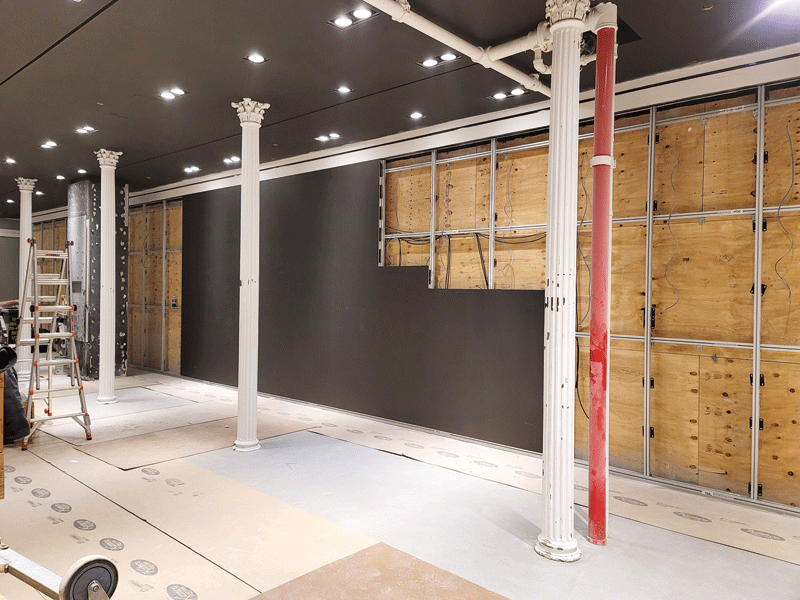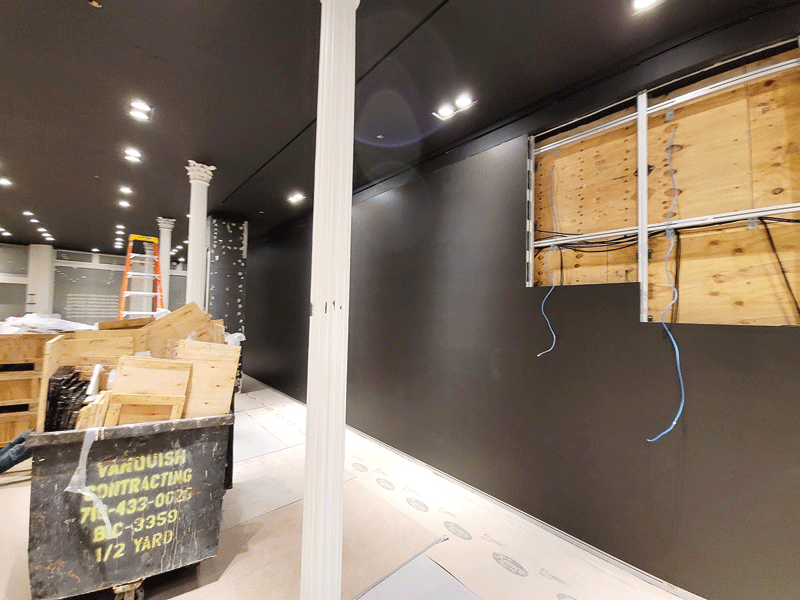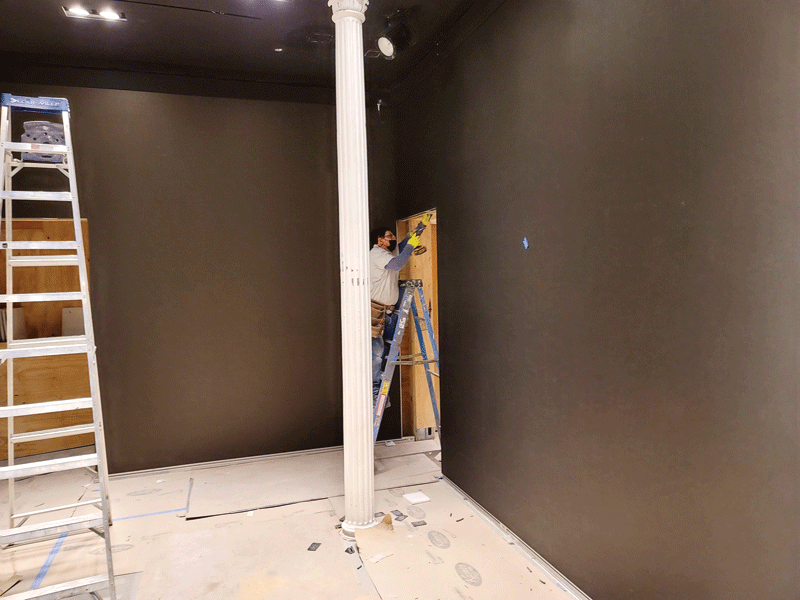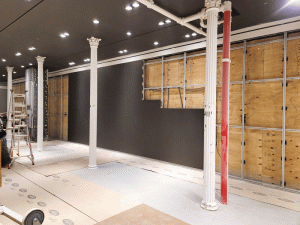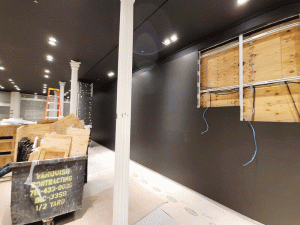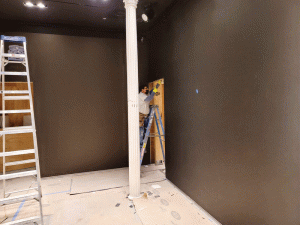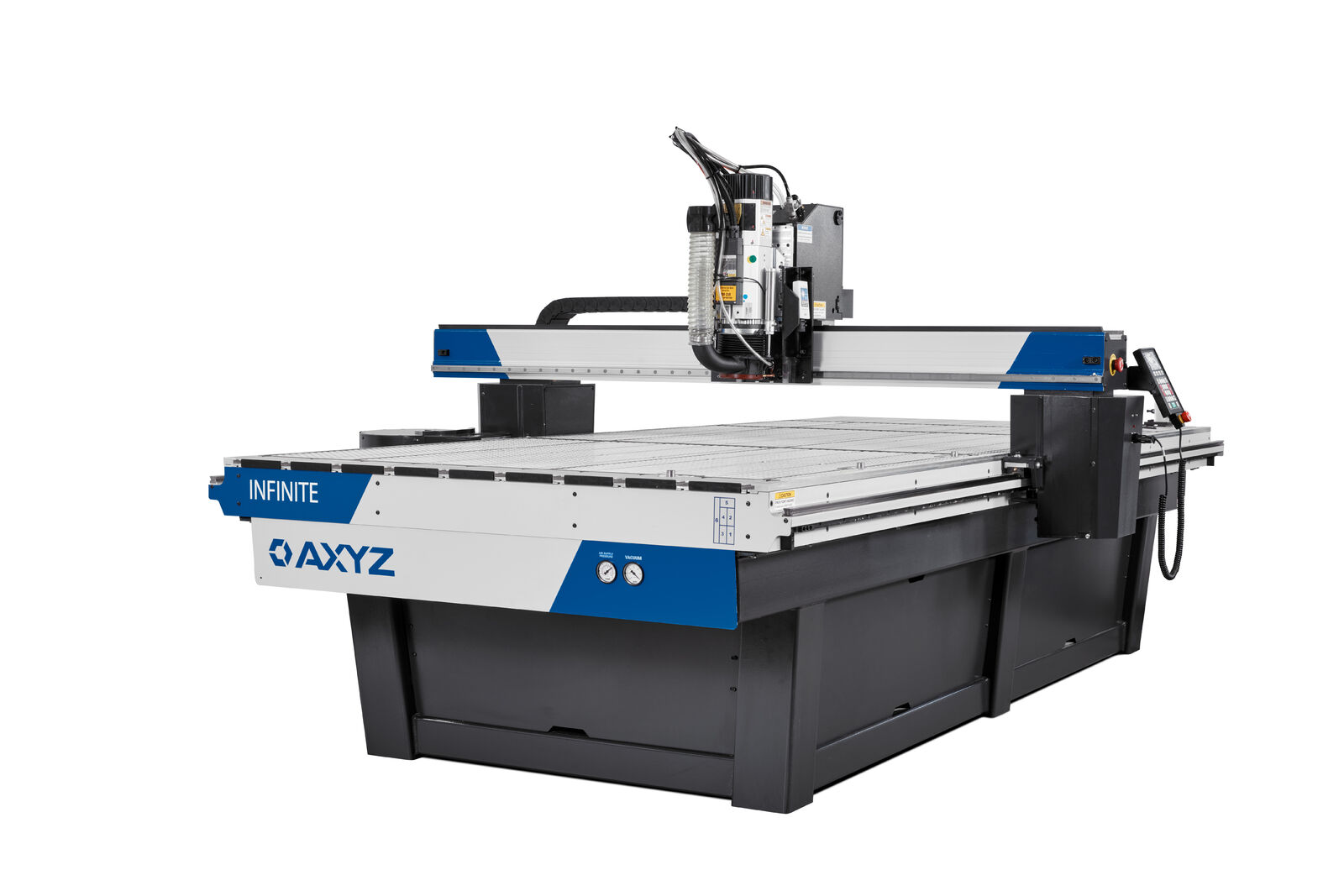Fashioning a dynamic digital wall that wows
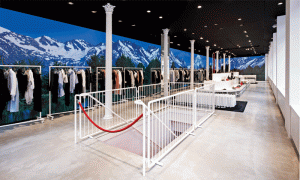
By Carly McHugh
For nearly 20 years, Asian American fashion designer Alexander Wang has been a household name in the luxury fashion sphere. With retail stores across the globe, his brand—known for its avant-garde styles—has gained popularity with celebrities such as Rihanna and the Kardashians.
Given the company’s reputation in the industry, it seems only appropriate its retail stores would be constructed to reflect the same image—which is why in 2020, with the help of Twilight Signs (Twilight) of Bolton, Ont., Alexander Wang embarked on a project to make over its flagship location in New York City’s SoHo neighbourhood.
That spring, Twilight was contacted by one of their partnering companies, who felt they would be a great fit for the project. Once the shop expressed their interest, they were enlisted by Alexander Wang, and began collaborating with a European designer who was overseeing the remodel of the store.
Twilight’s role in the project was to design, engineer, commission, and install a 39.6- x 3.6-m (130- x 12-ft) digital screen along two walls of the store. The screen would completely fill the back and end walls and include two doorways as part of the design. Throughout the planning process, Twilight needed to account for all components of the wall, including the supporting structure and the equipment needed to drive the display, as well as its ability to accept multiple media inputs and live feeds.
All the framework for the digital walls was fabricated in Twilight’s manufacturing facility in Bolton. It was then assembled and tested for integrity, before being packed up and shipped to New York City. The shop also acquired the LED screens, and after ensuring they fit the design specifications, they were sent over to the store for installation.
Since the remodel was taking place at the height of the COVID pandemic, project management proved to be a challenge for the team, as it all needed to be done remotely. Not only did Twilight have to wait for structural work to be completed before they could start the installation, but they also needed to be aware of the crucial time frames common in the retail atmosphere.
“The further along you are in the overall completion of a project, the higher the risk on your timeline—particularly with retail, where companies are committed to a grand opening date,” says Cassidy Gwozdz, sales and marketing associate at Twilight. “This is managed through constant communication and good organization, which includes knowing exactly when you can start, even if it is just a small part of the overall scope. Breaking down the project to identify which activities can be done simultaneously is critical, and highly adept project management skills are required to make it all go smoothly.”

